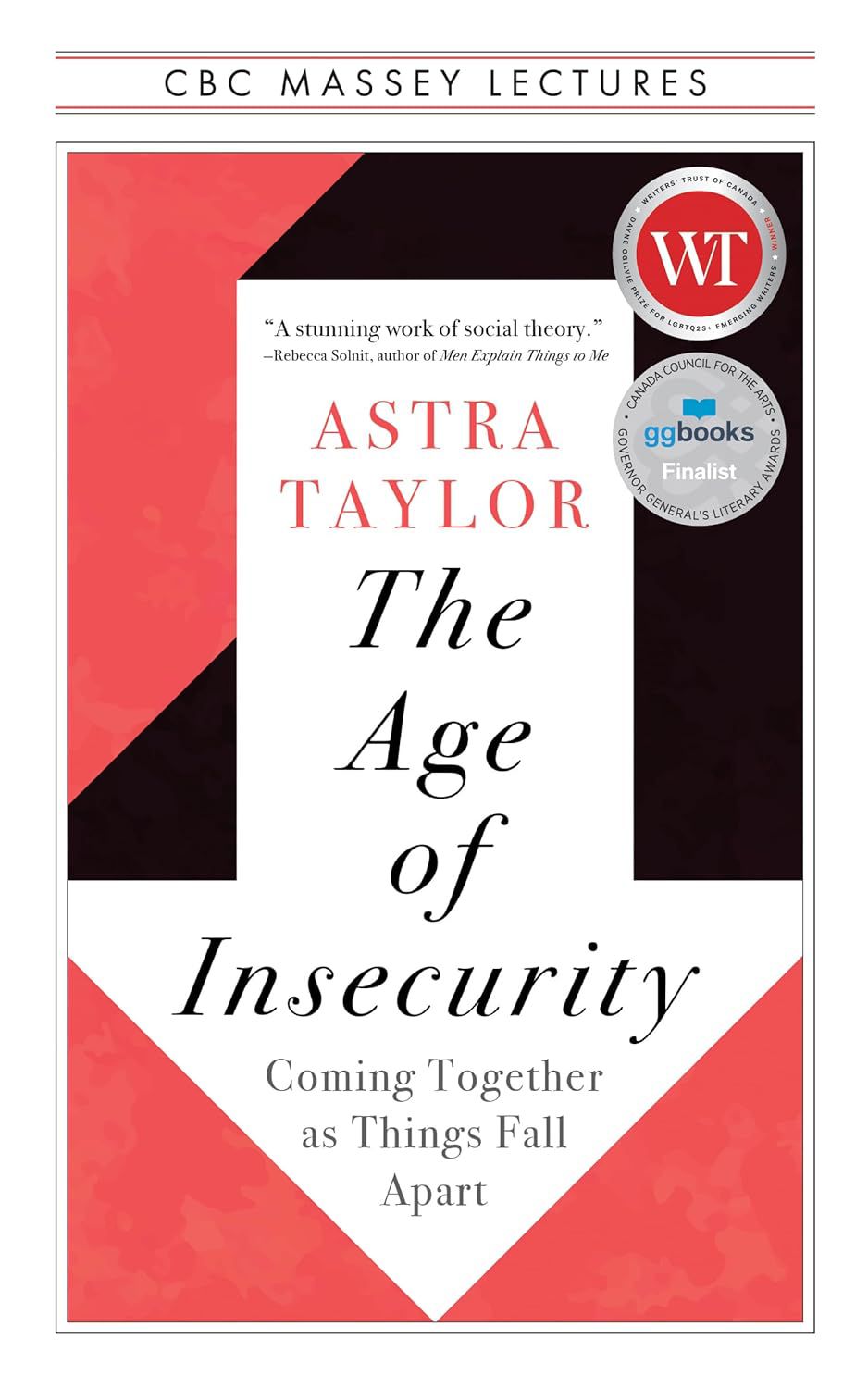.svg)
A friend in Whitehorse who was preparing to paddle down the Yukon River with seven other women in a big canoe wrote to say that she was feeling uneasy about paddling in the stern, especially, as she put it in her own words, “when the river gets big after Minto.” Their goal was Dawson City, about five hundred miles from Whitehorse, and my friend and her fellow paddlers planned to make the journey in three or four days by paddling non-stop and sleeping in shifts for an hour at a time. The Yukon River is marked by a thin blue line in the atlas and when you get curious about what might happen when the river gets big after Minto, you can follow it with a fingertip from Whitehorse into Lake Labarge and then up to Minto, a tiny dot where indeed the blue line thickens perceptibly into a wider line that carries on to Dawson City and beyond. Along the way you can make out innumerable fine blue lines feeding into the Yukon River, no doubt making it swell up in that muscular way that rivers have when they begin flexing and writhing and it’s probably a good thing that the river gets wide where it does, although what that would imply for a paddler in the stern of a big canoe is beyond my understanding. I was peering into the atlas on dry land sixteen hundred miles south of Lake Labarge, and as I moved my finger farther up the map I recalled that my friend had said that she would be paddling down the river and I was thinking up instead of down, and I remembered reading somewhere that “down” was the northern way of saying “up,” and in the moment of confusion that followed, one thing that remained clear was how little I would ever really know of rivers that get big after Minto.
I went to Whitehorse for the first time last spring, and that afternoon a white horse walked slowly down the middle of main street at the end of a long rope held by a smiling middle-aged woman in a denim jacket and jeans. No one on the sidewalk seemed to take any notice. A couple of blocks away in an outdoor display sat an old log cabin with a set of antlers over the door and a sign that read: “Sam McGee’s Original Cabin.” That night I saw Elvis in a documentary on the big TV in the Capitol Bar and then Elvis came in and sat down ten feet away and watched it too. He was wearing the same LA outfit in the bar that he had on in the movie. He is not the original Elvis, he is careful to point out in the movie, he is a continuation of Elvis, with whom he merged identities during an alien abduction. Later the bar filled to overflowing with people coming to see him, and Elvis got up on the stage and sang “God You Heard My Prayers (But You Were Drinking This Time).” Over the next few days I heard people mention Lake Labarge several times in passing, and each time I was surprised again that a place made magical in a poem should exist in a landscape. I was eight when I heard “The Cremation of Sam McGee” for the first time, at the dinner table with my brother and my sisters, and as my father in a fine shuddering style recited the words of Robert Service, I felt swimming into consciousness the paradox of the midnight sun, which I saw as a white ball of fire burning fiercely down onto Lake Labarge from deep within a pitch-black sky.
The journey down the river in the big canoe took three and a half days, during which time none of the paddlers accumulated more than six hours of sleep. There were big rollers on Lake Labarge that threatened to overturn them and they ate caribou stew and chickpea stew and raisins and nuts and chocolate; they were observed from shore by mule deer and a bear and a moose; there was wind and there was rain and there was no problem paddling at the stern. Faces began to appear in the rocks when the river got big after Minto, and my friend reports that she could hear a kind of narrative in the sound of the river, and as they paddled on and on through the rain and through the daylight sun and the midnight sun, their eyes were full of light on the water and the faces in the rocks grew older and fainter at the same time, as if, as my friend wrote, “we had come back to the beginning of a very old time.”








